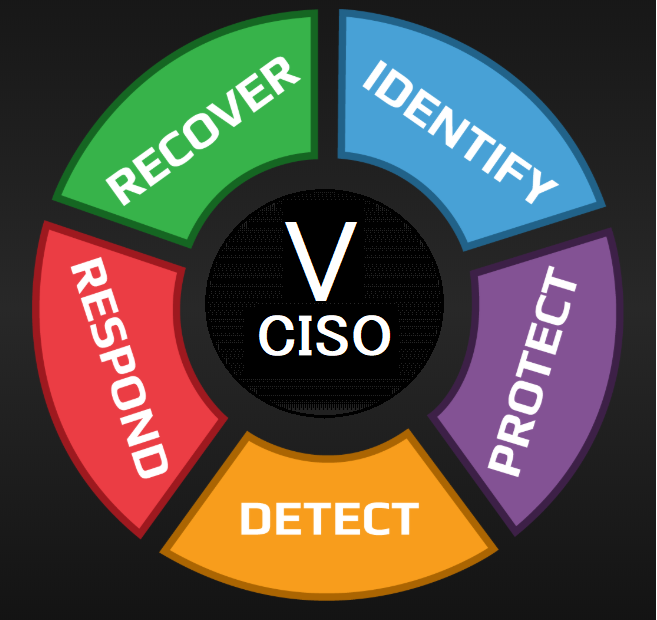Follow these six expert tips to achieve successful security and compliance management planning.
1. Identify the assets you want to protect
Maintaining a list of assets, their business criticality, and who/where they are is the first step to establishing control over your environment. To do this, start with these steps:
- Identify the systems, data, and people assets that you need to protect.
- Identify the threats to those assets, and prioritize them.
- Identify what you want to do to protect your priority assets from their most significant threats.
2. Identify the activities you need to complete
It is important to establish a list of security activities and the cadence on which they will need to happen in order to meet your compliance requirements. Some activities only need to be done once a year, while others might need done quarterly or even monthly. For example, you may only need to do an annual penetration test, but how often do you need to perform pen testing, internal vulnerability scans? Establishing the list of compliance management activities you need to complete and when they need to be completed will be a great starting point for your 2024 compliance program.
DISC llc provides you with a full list of Information Security activities (GRC) required to achieve a successful data security program. This list includes activities such as:
- Review policies and procedures (including Acceptable Use Policy)
- Complete a risk assessment – this should be done annually
- Review security training – to ensure new employees, as well as current employees, are up to date on all their training
- Test and update your Business Continuity Plan – this should be done on an annual basis to account for any new situations that may occur
- Review regulatory and legal compliance requirements – especially important for organizations that need to consider regulations such as ISO 27001:2022, SOC2, GDPR, CPRA, etc.
- Conduct an inventory of your data assets – data assets change over the year so it is important this document is updated regularly.
3. Assign the right people and resources (RACI Matrix)
It is important to ensure you have the right team members in place. This means not only people qualified to be a part of the team but also team members from all departments. You will also need to select the compliance management tools that you will use to support your planning. Selecting a tool that includes risk management as well as data security will help protect your company as you grow.
4. Schedule all your meetings and tasks for the year (Audit/ Assessment planning)
It might seem a little early to schedule a meeting in July but by planning ahead of time all your key team members will have the time blocked on their calendars and available for your meetings. It will also allow you to run different assessments at different times of the year to avoid inconvenient times for other departments, such as the accounting department.
5. Document, document, (Document Management System)
If it is not documented then it didn’t happen. Make sure you have policies and procedures in place to document all your business actions. If you are not sure how to write appropriate policies and procedures, seek expert advice. Make sure all the required policies are approved and reviewed on regular basis.
6. Plan ahead to future-proof your security program
Identify the frameworks you may want to tackle down the road and use a helpful platform that will crosswalk to get it done. This will save you time in the future when you wish to consider multiple frameworks for your organization. If you are unsure where to start, speak to a security expert for advice on the frameworks that best suit your industry and your needs. DISC llc performs Security Risk Assessments based on diverse standards and regulations, aligning them with the standard of your preference.

To learn more about compliance management you should seek expert advice from serious security professionals like the DISC Professional Services team.
InfoSec services | InfoSec books | Follow our blog | DISC llc is listed on The vCISO Directory | ISO 27k Chat bot




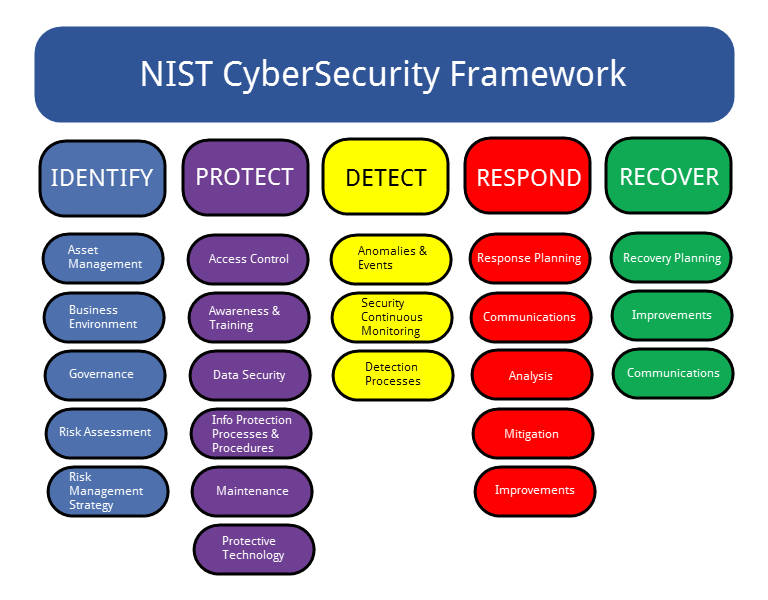


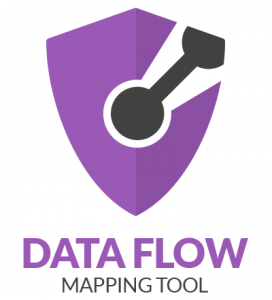
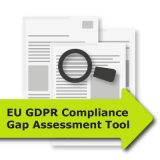
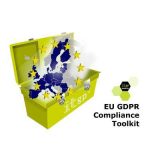
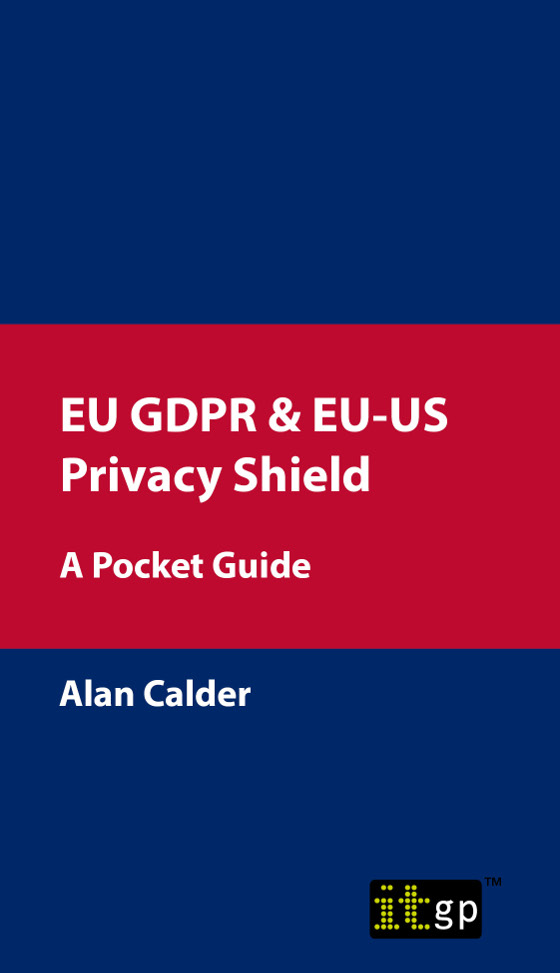
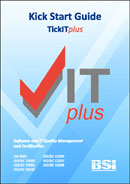



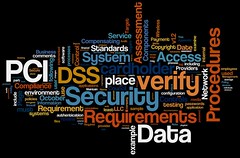

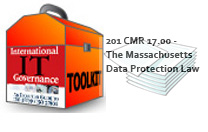
![Reblog this post [with Zemanta]](https://img.zemanta.com/reblog_e.png?x-id=a3168449-b81f-45c3-8b23-5ed61d6b8845)


![Reblog this post [with Zemanta]](https://img.zemanta.com/reblog_e.png?x-id=518072a3-a5c1-4c5e-852e-867fa55083e6)

